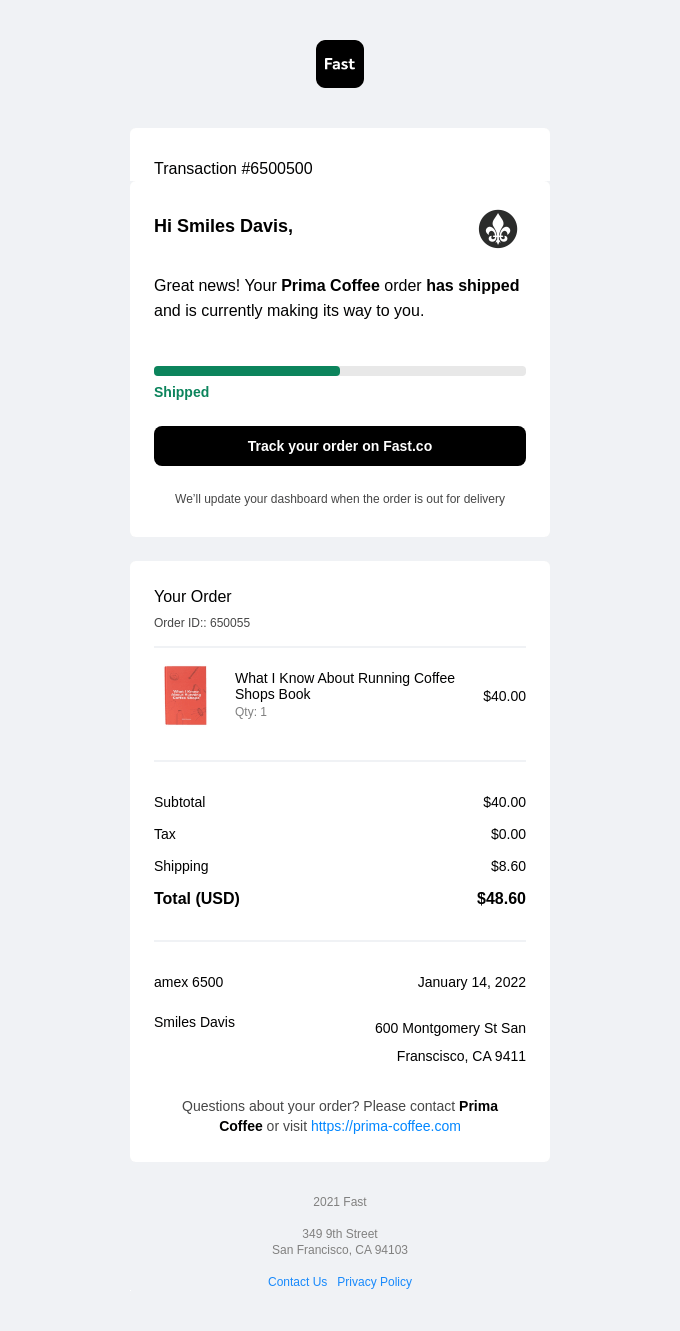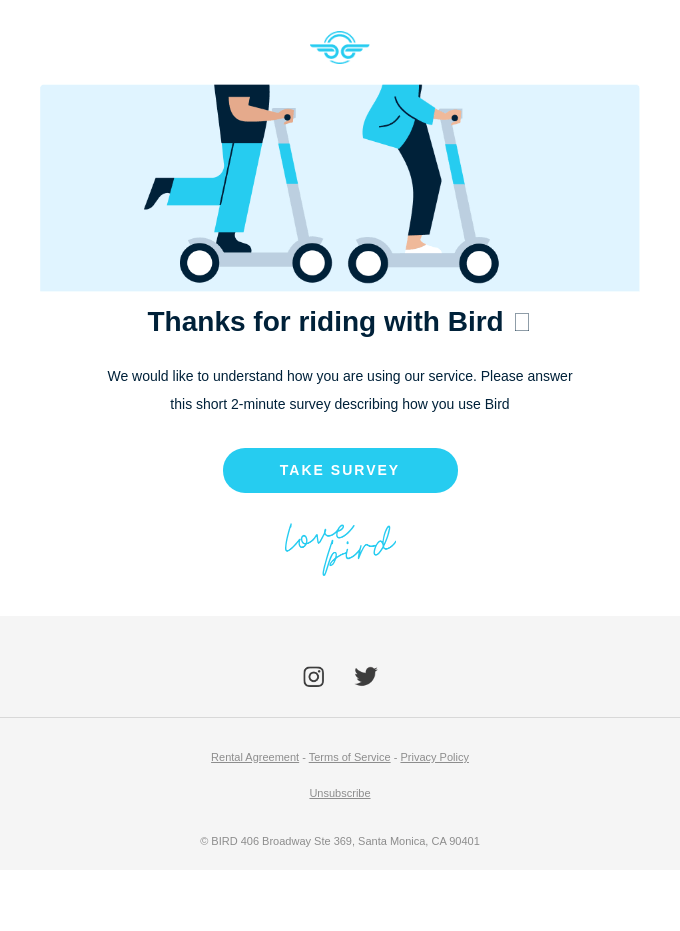Every business out there, whether small or mid-sized or a full-blown enterprise, has email as its marketing channel of choice. An incomparable ROI, vast market penetration, the ability to implement personalization at scale, and the scope to build a unique brand identity are among the few reasons why everyone wants to hop onto this bandwagon.
That said, the capabilities of email vary immensely depending on the scale on which it is executed. So, the grammar of enterprise email marketing is entirely different from that of small and mid-sized organizations. Today, our subject of interest is the former. From discussing how it differs from traditional email marketing to highlighting features that are common across the best enterprise email marketing platforms, we cover it all in this article. Read on to find out!
What Makes Enterprise Email Marketing Different From The Rest?
Bigger Email List
This is one of the obvious differences between enterprise and traditional email marketing. In the case of the former, one has to deal with a significantly larger subscriber list. Lists of such lengths can’t be managed efficiently with a run-of-the-mill email service. Only with an enterprise email plan can you store and segment your subscribers, leads, and customers without breaking a sweat.
More Data
This follows logically from the previous factor, doesn’t it? The more contacts on your list, the greater will be the interactions registered. That, in turn, generates huge repositories of data. To effectively process such an amount (and mine actionable insights from it), you must have an enterprise email marketing solution at your disposal.
Higher Email Volume
On a daily basis, an enterprise sends out a considerably larger volume of emails in comparison to its small and mid-sized counterparts. In such a scenario, it will get incredibly tough for you to deliver personalized experiences to your subscribers if you aren’t using an enterprise email platform.
Need For Greater Customization
Self-serve plans offered by ESPs (Email Service Providers) are sufficient for small-sized businesses to run their affairs. Not quite the case with enterprises, however. They must avail of custom packages to exercise greater control over parameters such as email send limits, customer support, and integrations.
Courtesy of their comprehensive suite of features, enterprise email marketing solutions often have steep price tags. But, if you’re running a large-scale corporation, don’t let that deter you from investing in one. Sure, there might be a dent in your wallet at the outset. In the long run, however, you will get back every single penny you put into it, with remarkable interest. The demands of a huge and diverse subscriber base are immense. In the absence of an enterprise email platform, streamlining operations can become a daunting task.
So, at the end of the day, what would you rather choose- spending a few bucks to set up a reliable system or losing precious business by disgruntling your customers? I’m sure the answer spells itself out, doesn’t it?
Things To Keep In Mind While Selecting An Enterprise Email Marketing Service
There is no dearth of enterprise email platforms in the market. To ensure you get your money’s worth, you must take stock of the following factors.
Email Automation
Eliminating repetitive tasks, sending subscribers the right message at the right time, improving click-throughs and opens, increasing customer retention rate- these are just a few ways in which email automation helps elevate your marketing campaigns. In fact, triggered personalized campaigns are responsible for fetching as much as 75% of email revenue. So, one of the first things you must look for in an enterprise email provider is its suite of automation features.
Some essentials that an enterprise platform must contain are autoresponders, a visual workflow builder, and provision to set up if/else scenarios. If your business has a presence across multiple marketing channels, then investing in a platform which has a multichannel marketing automation suite will prove to be extremely beneficial for you.
Now, the all-important question- which automated workflows should you DEFINITELY set up for your business? Take a look.
- Welcome emails: Given welcome emails are the first kind of communication your business sends out, their importance can’t possibly be overstated. Hit the right notes with your welcome email/sequence, and you’ll essentially be laying down the foundation for unwavering customer relationships. Typically, welcome emails experience higher click rates compared to other marketing emails. Why is that? It’s because, during this phase, customer interest in your brand is at its peak. So, it’s very important that you are able to capitalize on this enthusiasm with your welcome email.
Designing a compelling welcome email requires you to be mindful of many factors. The most important piece of advice I can give you is this: keep things simple. You don’t really have to go over the top to cast that perfect first impression. A small message that contains both, the confirmation of the subscriber’s action and your gratitude will do the trick just fine. Another best practice is to offer readers a relevant action- invite them to read your blog, follow you on social media, check out your best-selling products, and the like.
To get some inspiration, check out this welcome email by Shopify.

- Transactional emails: That email which instantly lands in your inbox the moment you finish making a purchase? Those are automated transactional emails. Why are they important? Because promptly sending subscribers an acknowledgement of their action is a great way of winning their trust and consolidating your brand reputation.
This transactional email by Fast, ticks all the right boxes.

- Abandoned cart emails: Without an effective cart abandonment sequence in your armor, you stand little to no chance of recovering lost sales. There are two things I want you to keep in mind while crafting one- always use the picture of the abandoned product, and never shy away from offering an incentive.
Take a look at this stunning abandoned cart email by Google.

- Feedback emails: Feedback emails help you understand how customers are engaging with your offerings, giving you the scope of timely resolving any prevalent drawbacks. Additionally, they can also be used to obtain testimonials.
This feedback email by Bird will definitely get your creative juices flowing.

A/B Testing
One of the greatest dilemmas that grip email marketers across the world is this- “How do I send my subscribers an email that they want to receive?” Well, the answer lies in A/B testing. The development process requires you to come up with several versions of the email to be sent. Now, how do you identify the best-performing one? You guessed it- through A/B testing. Such is the potency of this method, that no less than 93% of US companies practice it for their email marketing campaigns. Subject lines, preheaders, CTA buttons, content, visuals, email signatures, email footers- you can basically test every single element of your email (one element at a time, however) to find out what works best for your audience. Hence, you should always incline toward an enterprise email platform that lets you conduct A/B tests with ease.
Email Templates
While your campaigns must look consistent from a design perspective, you’ll gradually lose your audience’s attention if they start looking visually similar. Therefore, selecting an enterprise solution that offers custom email templates is a great way of staying ahead of the curve. More often than not, tools that are equipped with reusable templates have user-friendly drag-and-drop editors. That way, you can whip up the template of your choice even if you aren’t familiar with coding HTML.
Sophisticated Segmentation
Segmentation refers to dividing your subscribers into different compartments based on a host of different factors like age, gender, occupation, location, past purchases, browsing patterns, position in the sales funnel, and the like. This helps you identify the different buyer personas interacting with your brand, allowing you to devise personalized campaigns for each. Effective email segmentation can shoot up your revenue by a staggering 760%!
Goes without saying, the more complex your segmentation framework, the better your interaction and engagement levels will be. So, it is imperative you select an enterprise email marketing tool which enables you to segment your contact list at a granular level. Some tools even offer lead scoring capabilities- assigning leads certain points to quantify their sales-readiness. Working with a reliable lead scoring system can do wonders for your conversion rates.
Performance Measurement Dashboard
Sending out a campaign is just 50% of the job- any email marketer worth their salt will tell you this. The other 50% lies in measuring your performance. Hence, it is absolutely negotiable for your enterprise platform to have a robust performance measurement dashboard. How do you verify if it’s top-notch? You check whether it tracks the following metrics to monitor your campaign’s performance.
- Clickthrough Rate (CTR): Measure of the total percentage of subscribers who clicked on the links within your emails, CTR is a solid indicator of the efficacy of your emails. If your CTR is high, it means you are doing your job correctly.
- Conversion Rate: This metric tells you about the total number of subscribers who completed the desired action post reading your email. It gives you clarity regarding your ROI.
- Bounce Rate: Bounce rate helps you understand the total percentage of your sent emails which failed to land in your contact’s inboxes. It is a solid indicator of your email list hygiene.
- Unsubscribe Rate: This is a measure of the percentage of your contacts who unsubscribed from your emails. A rapid rise in unsubscribe rates should serve as a wake-up call to evaluate your email content and sending frequency (among other things).
- List Growth Rate: Monitoring your list growth rate gives you a clear idea about the productivity of your lead generation efforts.
Wrapping It Up
Implementing a dedicated email platform for your enterprise can help you drive the results you desire and outshine your competitors. We hope the guidelines stated above help you choose a system that’s just the right fit for your business.




Rohan Kar
Latest posts by Rohan Kar (see all)
Expert Interview Series: Part 7
5 Crucial Email Marketing KPIs You Should Track in Salesforce Marketing Cloud